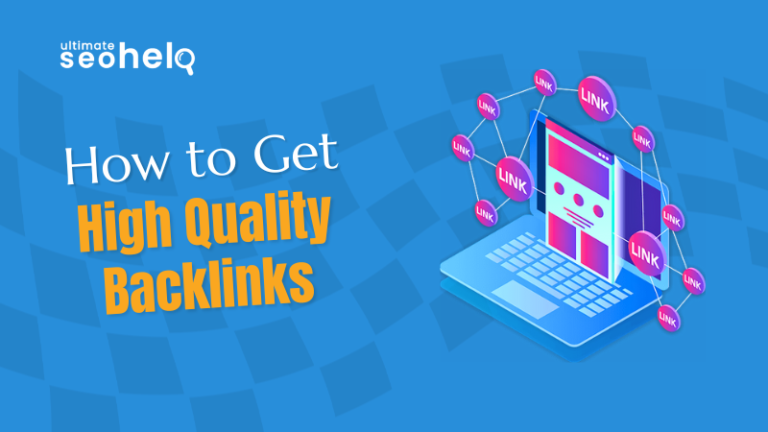Did you know that getting high quality backlinks can be a game-changer to your SEO efforts? So, what is high quality backlinks in SEO? Backlinks are generally like votes that your website gets from other websites. The higher votes you get, the higher chances you rank in the search engine results page. But what are the potential ways to earn high quality backlinks? Let us continue reading to find that in this blog.
What is High Quality Backlinks in SEO?
A backlink or an inbound link is generally a link that links or points another website to your website. For instance, another website links to your website and sends the link juice to your site. The game is to earn higher backlinks to rank higher in the search results.
Potential Ways to Earn High Quality Backlinks
Earning high quality backlinks can do you wonders as it improves visibility, authority and increases traffic to your website. It is an essential aspect of SEO that signals search engines that the content website possesses has enough value that some other authority sites have linked it to their own site. Let us now explore some of the potential ways to earn high quality backlinks for your website:
-
Earn White Hat Links from News Sites and Blogs that Have Authority
In SEO, there are two ways of link-building- white hat and black hat. White hat linking is generally a more ethical and right way to increase your website authority and rankings. This involves creating only high quality and original content to rank in the SEO game with fair means.
If you wish to earn high quality backlinks, then you can conduct a targeted cold outreach where you can reach out to professionals of your niche and try either link exchange or go for guest blogging. This will help you drive organic traffic and hence get quality backlinks to your website.
-
Create Quality Content that Differentiates You from Competitors
Well-researched content that includes data from studies and surveys tends to get high-quality backlinks. If you provide in-depth and authentic information, users are likely to prefer your source over others. Therefore, focus on creating original and unique content.
-
Start Guest Blogging
Guest Blogging is one of the popular ways to get high-quality backlinks. You can pitch other bloggers and website owners to write guest posts for them. By pitching and guest blogging, you can increase your chances of getting your blogs published on other high authority websites. When people read your blog on such sites, it will set your authority in the industry and help you get relevant traffic.
-
Share Your Content on Social Media Platforms
In the realm of social media, it is essential to stay active on various social media platforms to make people aware of what you are doing. Create good quality content and share it everywhere possible so that people find it interesting enough to share it further. This way by sharing your content on social media you can increase its chances of attracting high quality backlinks.
-
Keep Analyzing Your Competitors
It is always a good idea to watch your competitors and analyze what they are doing. You can get insights into your competitors’ backlinks with the help of tools like Ahrefs and SemRush, Moz, etc.
Once you know the sites giving them backlinks, you can also try getting links from them. This way, you won’t have to look for sites that give backlinks and use smart work to get more work done in less time. Another strategy to find backlinking opportunities is to analyze your competitors’ mentions. Look out for people or businesses mentioning them and reach out to them.
-
Involve in Online Communities like Quora, Reddit
You can obtain high-quality backlinks by being active and answering people’s questions on communities like Quora and Reddit. Be consistent and write high-quality answers to questions that others ask which are relevant to your niche. Wherever possible, add a link to your site. But remember, it should be natural and not look like you are just trying to get a link.
-
The Broken Link Building Strategy
Did you know that you can earn backlinks by informing anyone that their website has 404 errors or any problem? This technique is called the broken link building strategy.
You can do this by asking them to replace their link showing 404 error page with your content that is relevant enough, giving you a link back. Through broken link building, you can build good relationships in SEO.
-
Reach Out to Professionals and Build Relationships
Another way to get good backlinks is to reach out and connect to professionals in your relevant industries. You can start the conversation by talking about their specific blog that you enjoyed reading or found valuable.
Once you are on good terms, you can let them know that you have written a content piece that might add value to their readers. And if they found it useful, is it okay to publish it on their site?
Conclusion
In this blog, we highlighted some of the top ways to get high-quality backlinks to upscale your SEO efforts. By earning white hat links, creating high-quality original content, being active on social media, analyzing your competitors, reaching out and writing guest posts, and following the broken link building strategy, you can gradually earn backlinks and improve your SEO performance.

